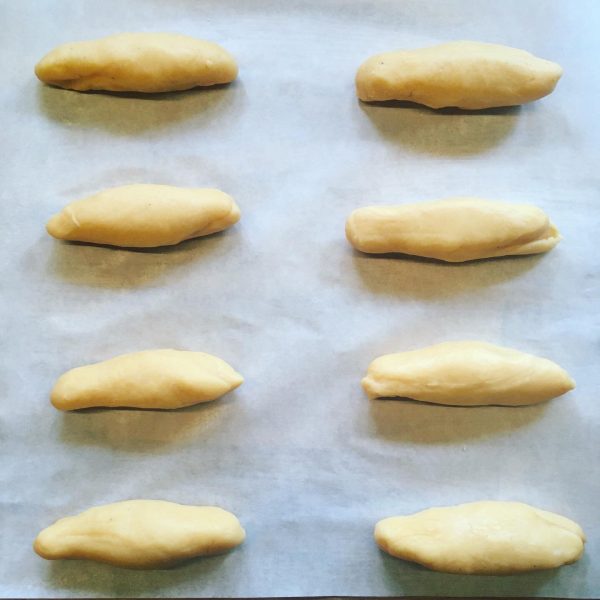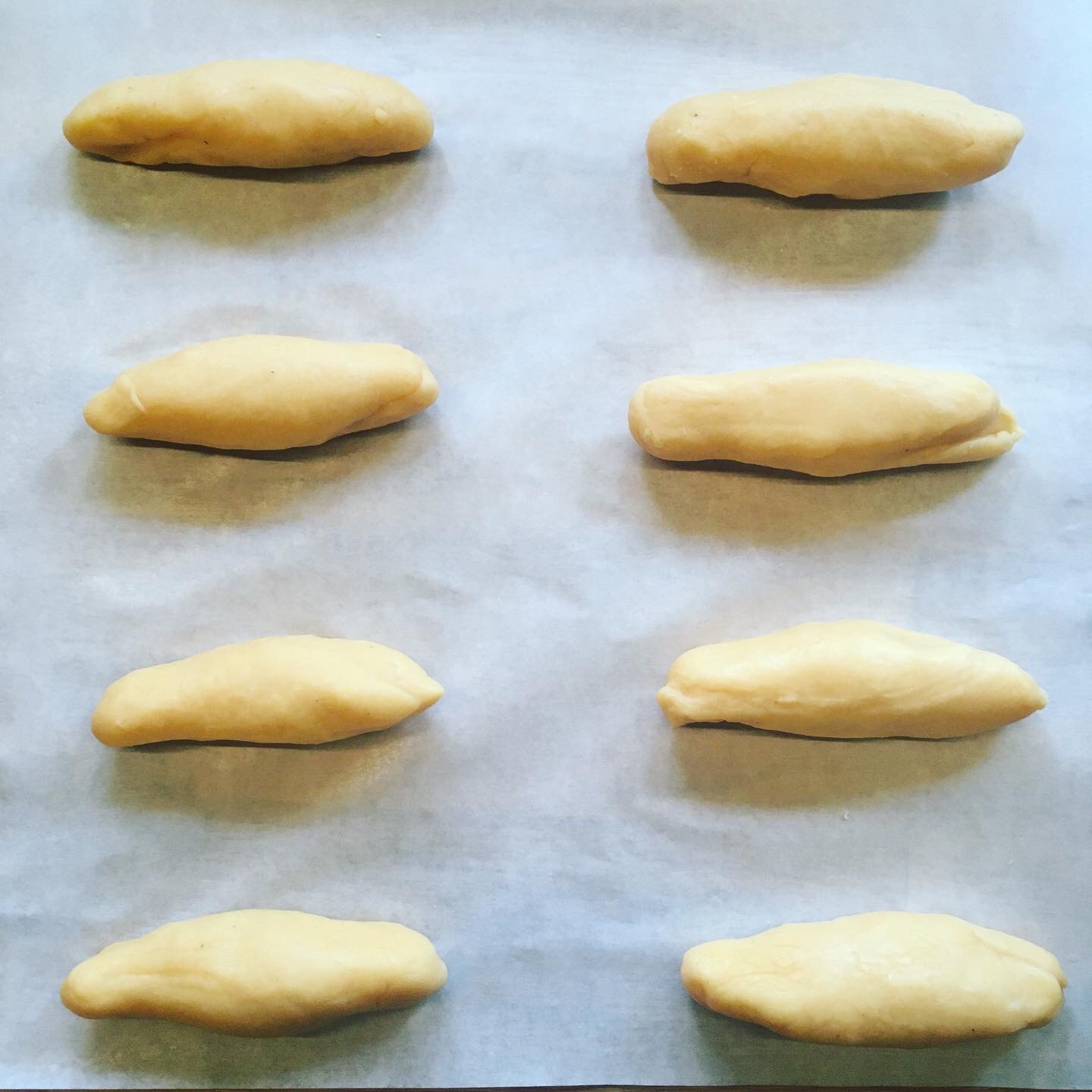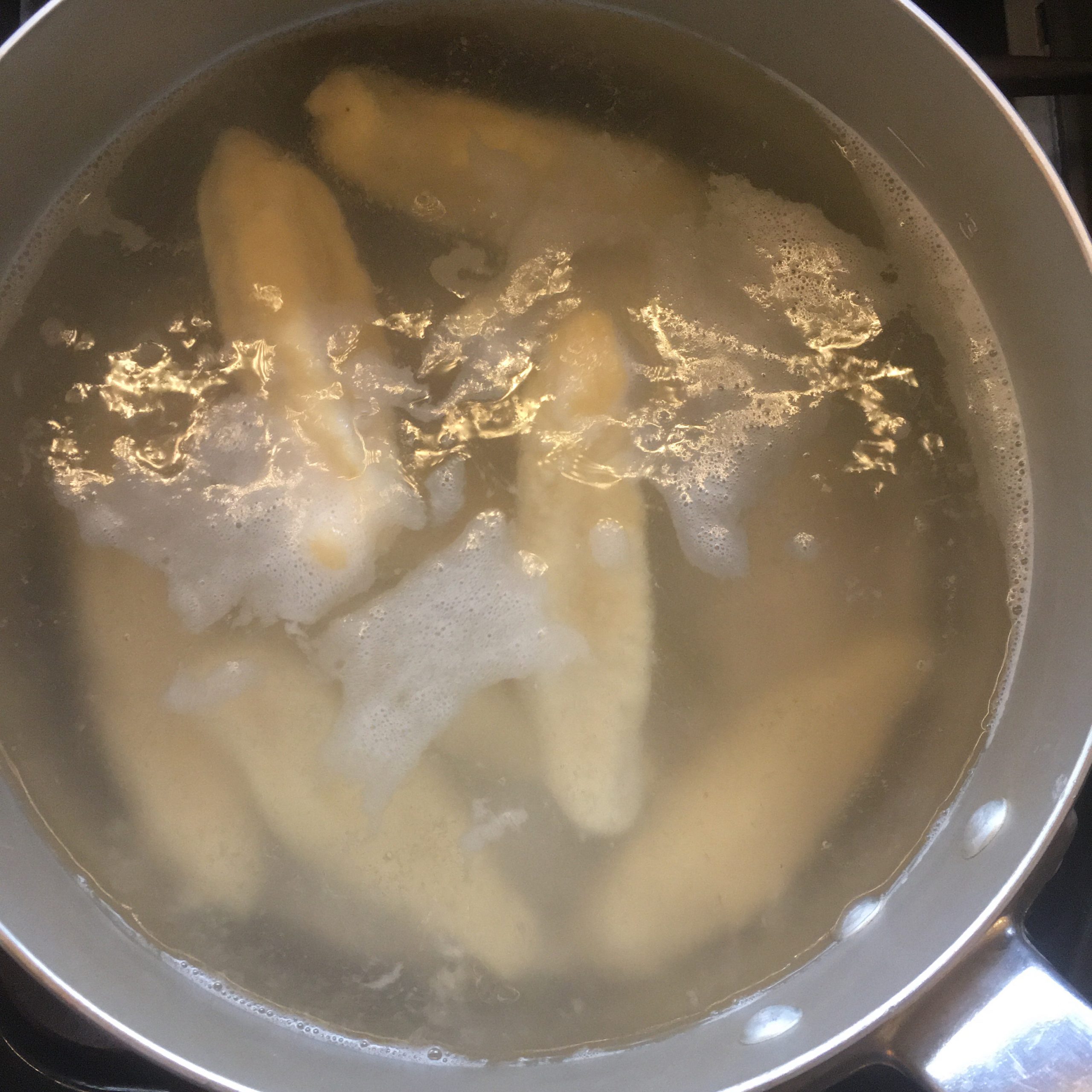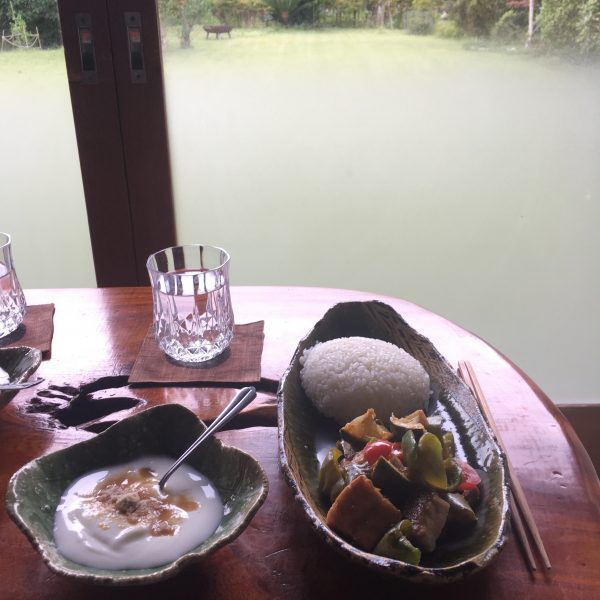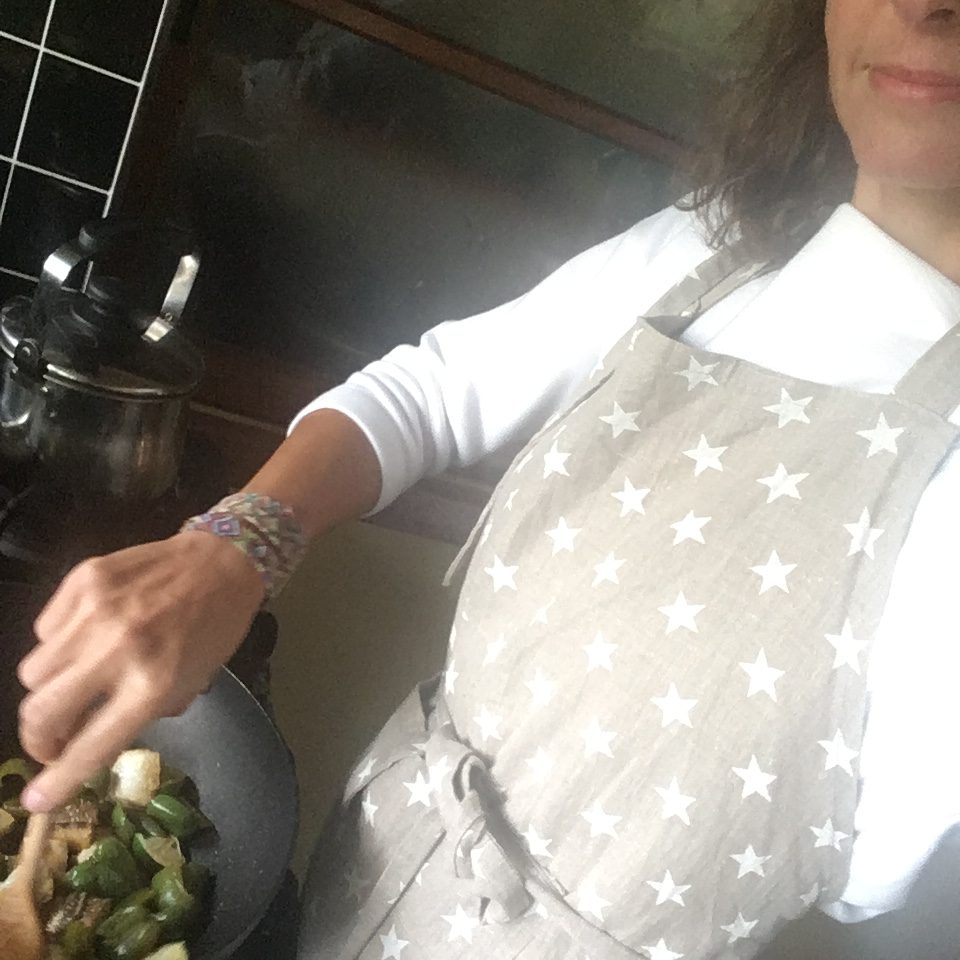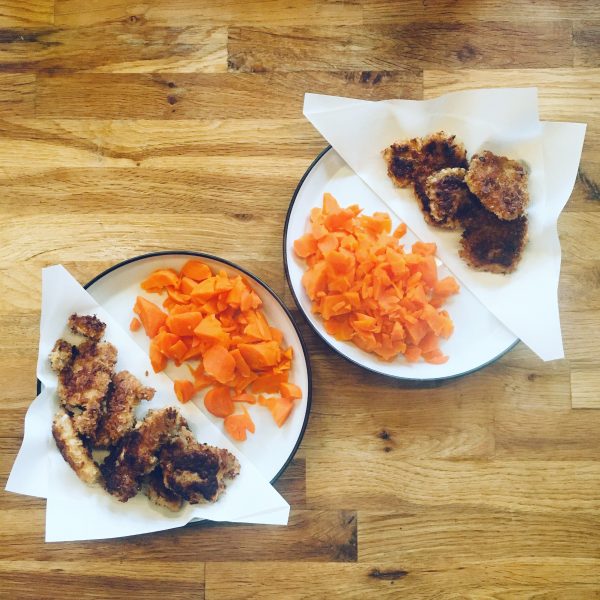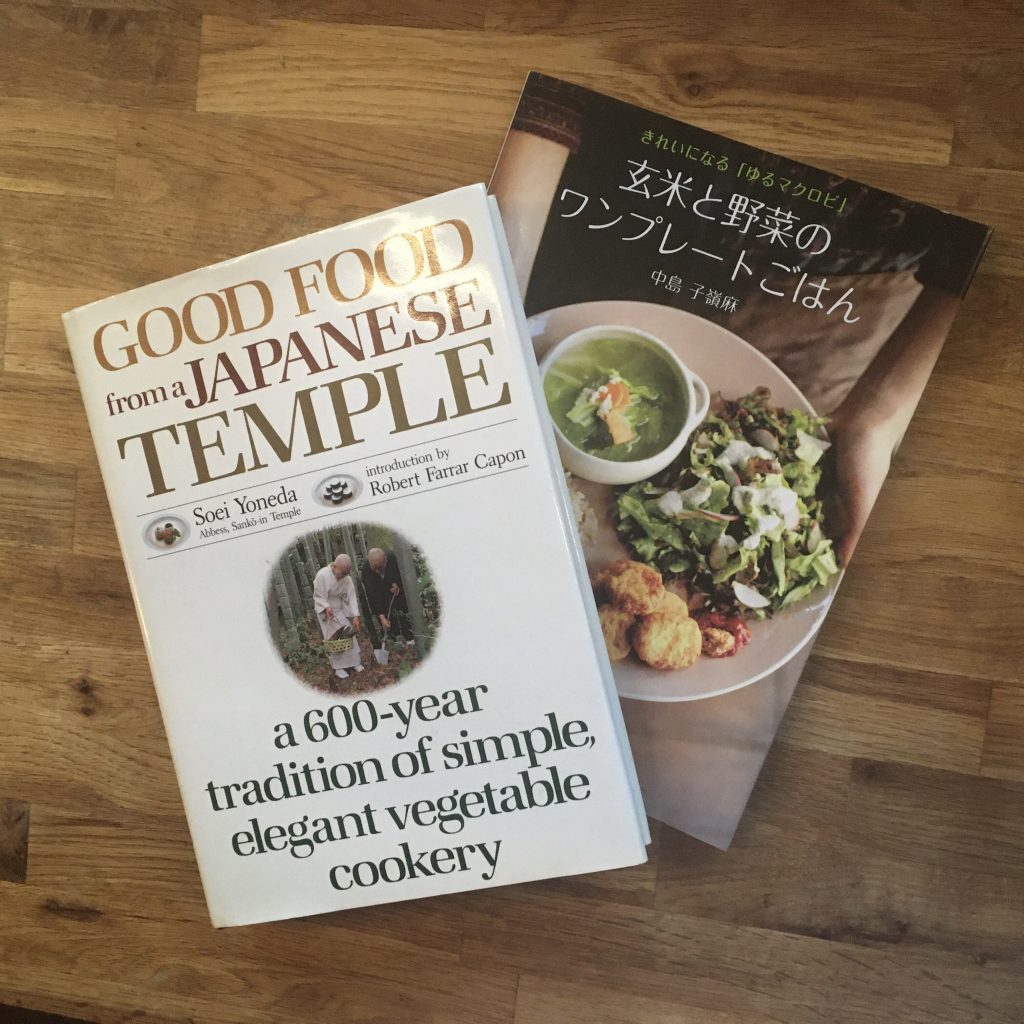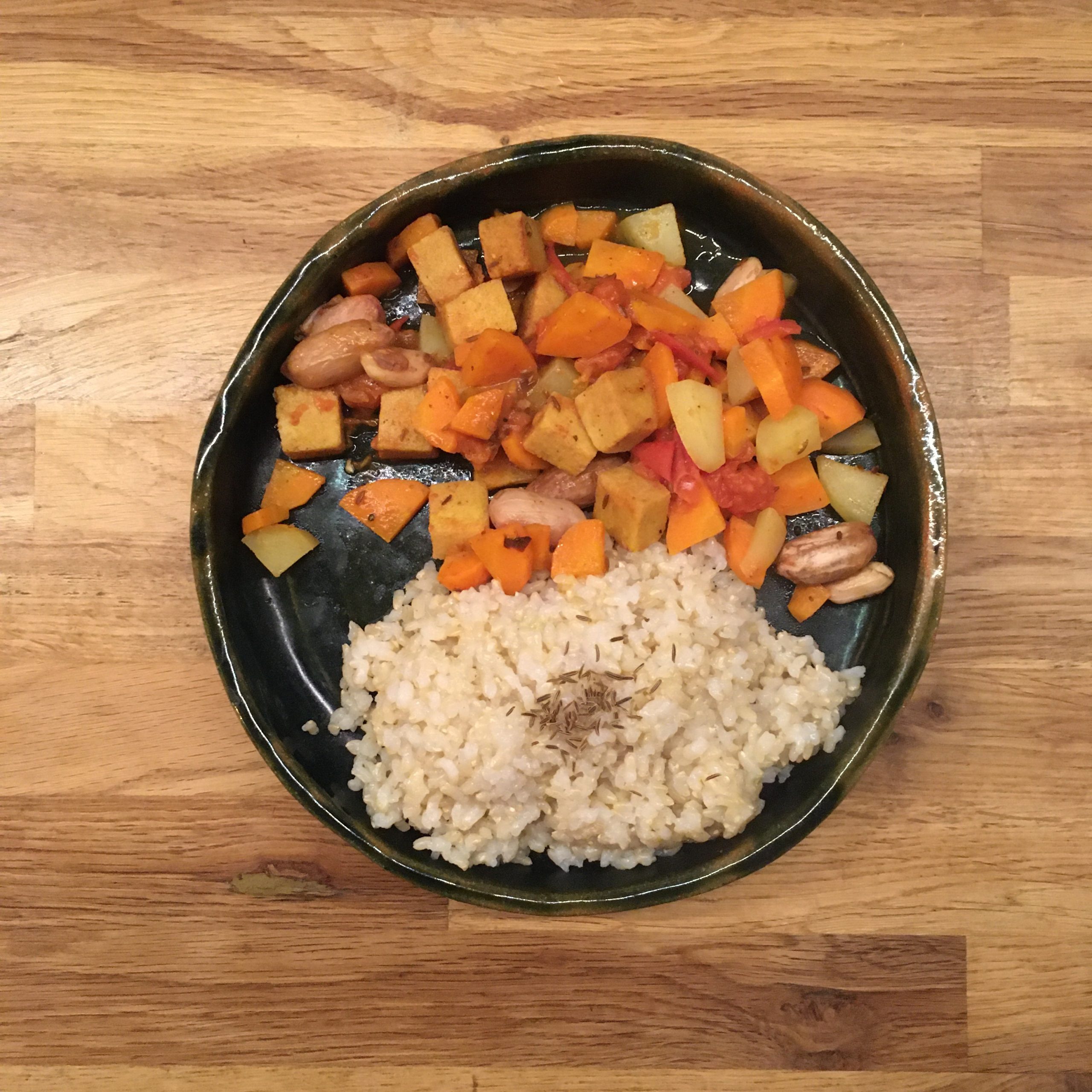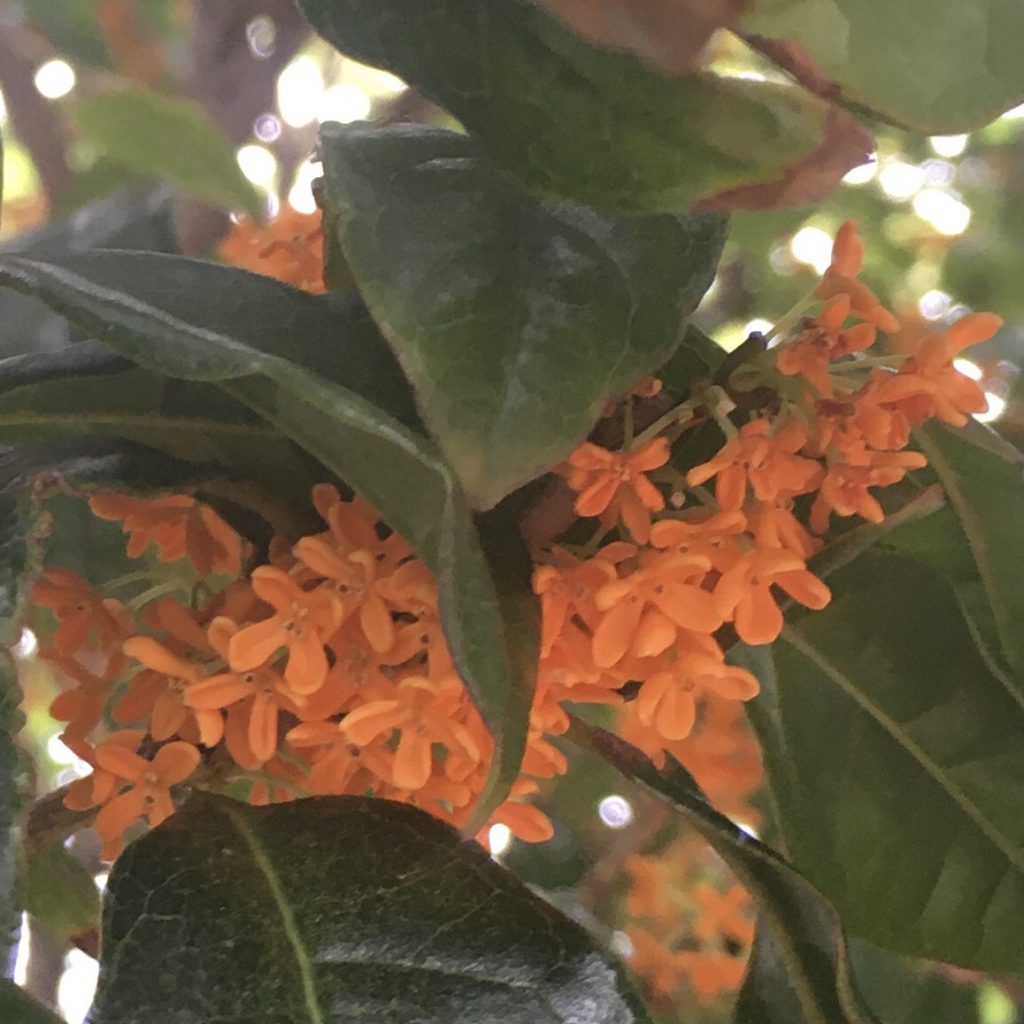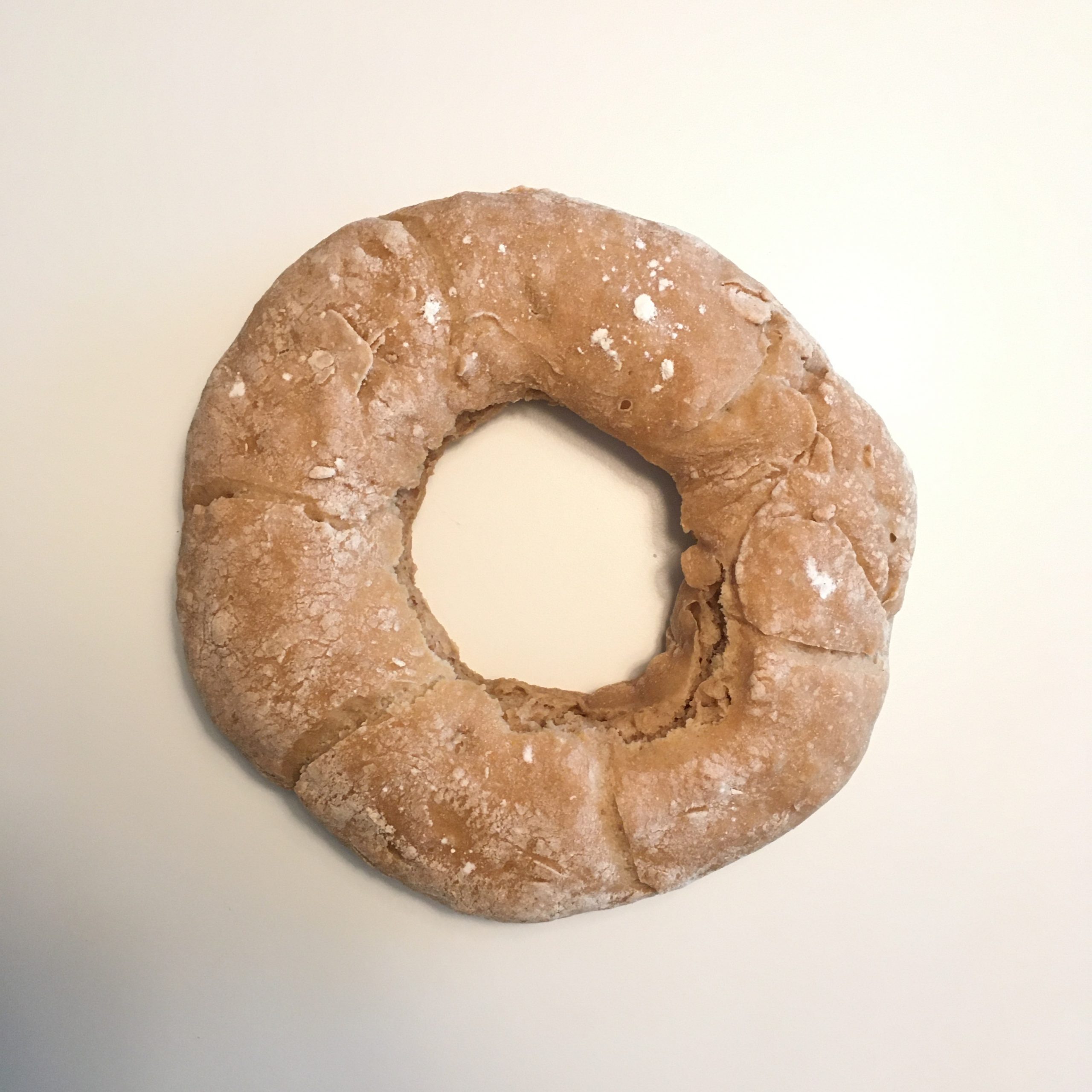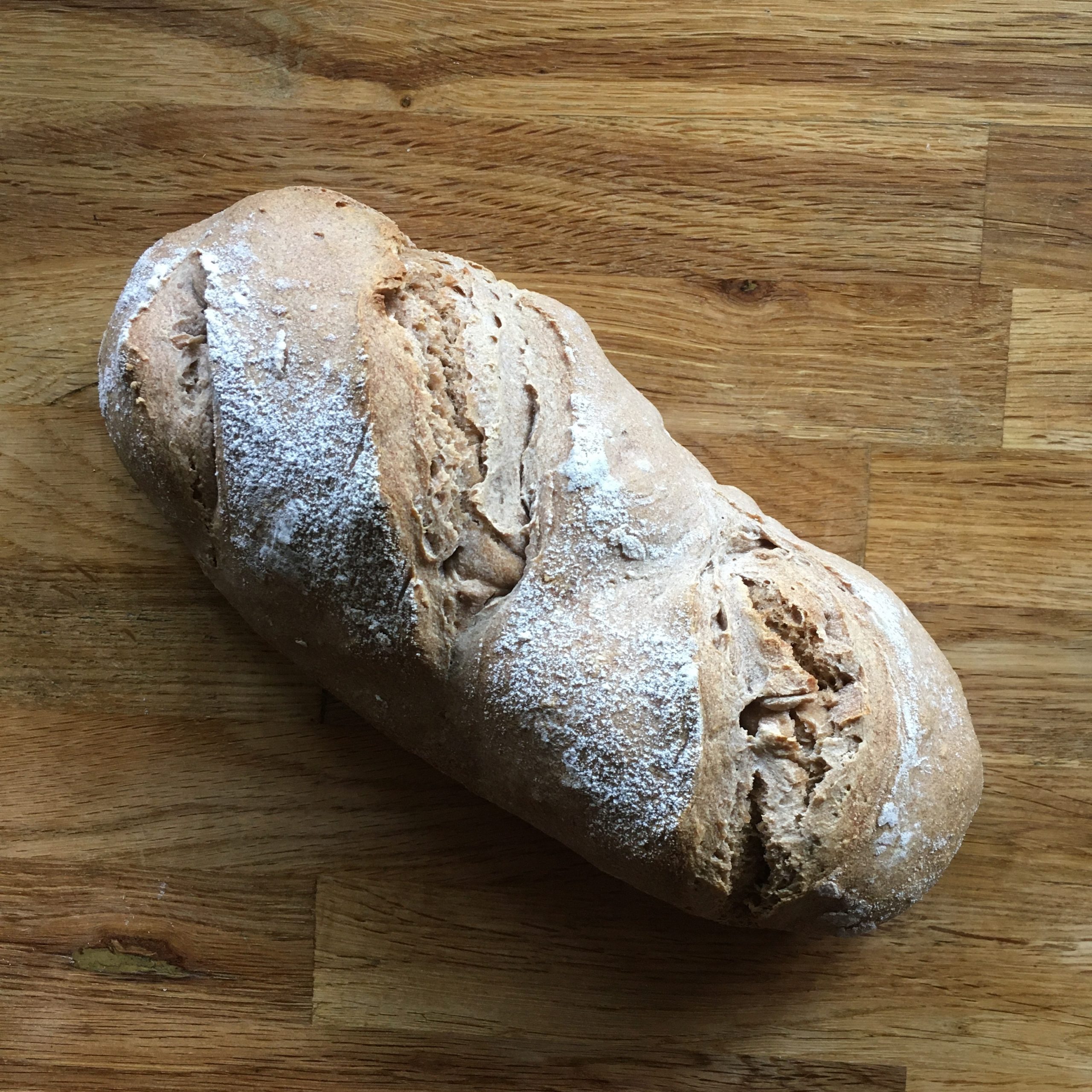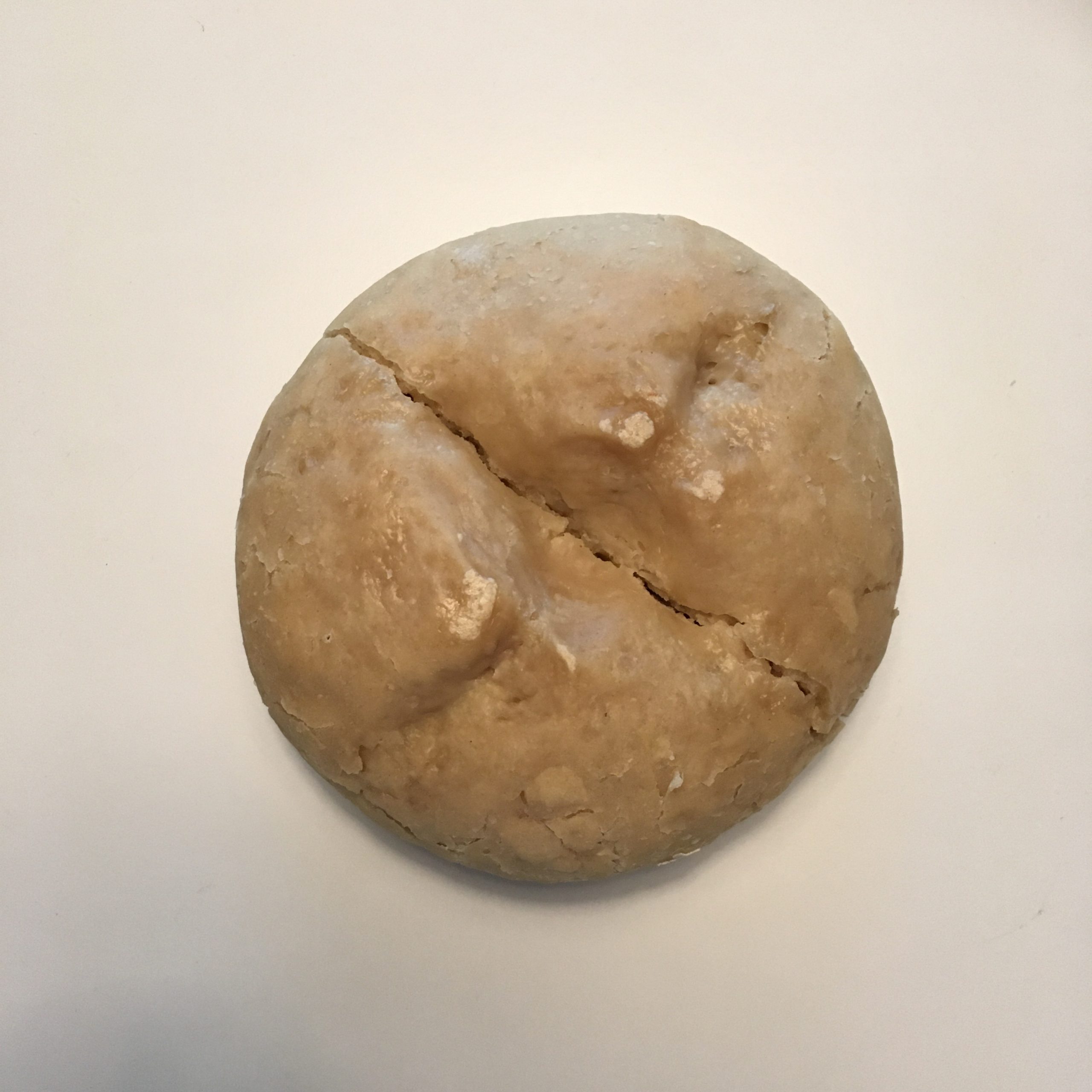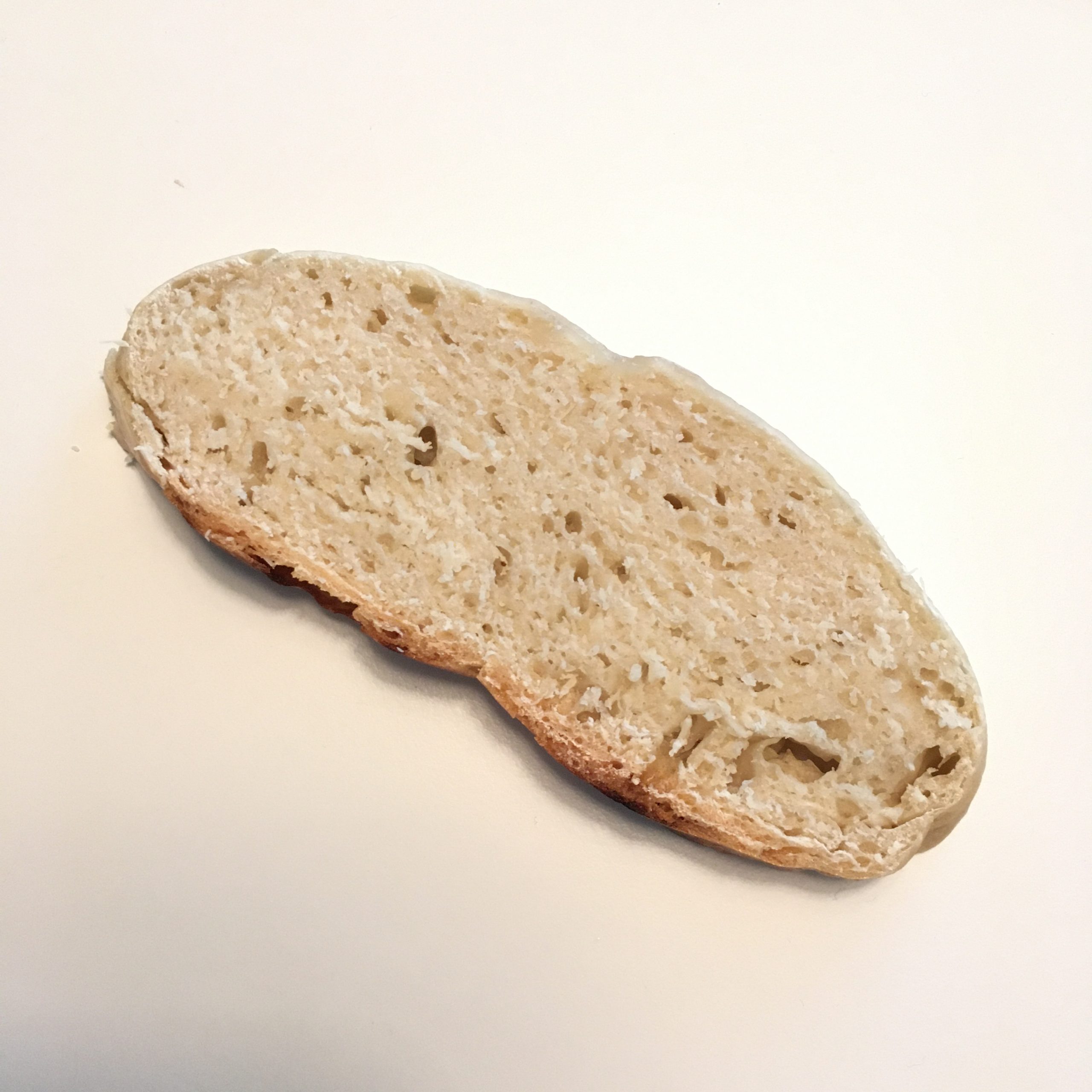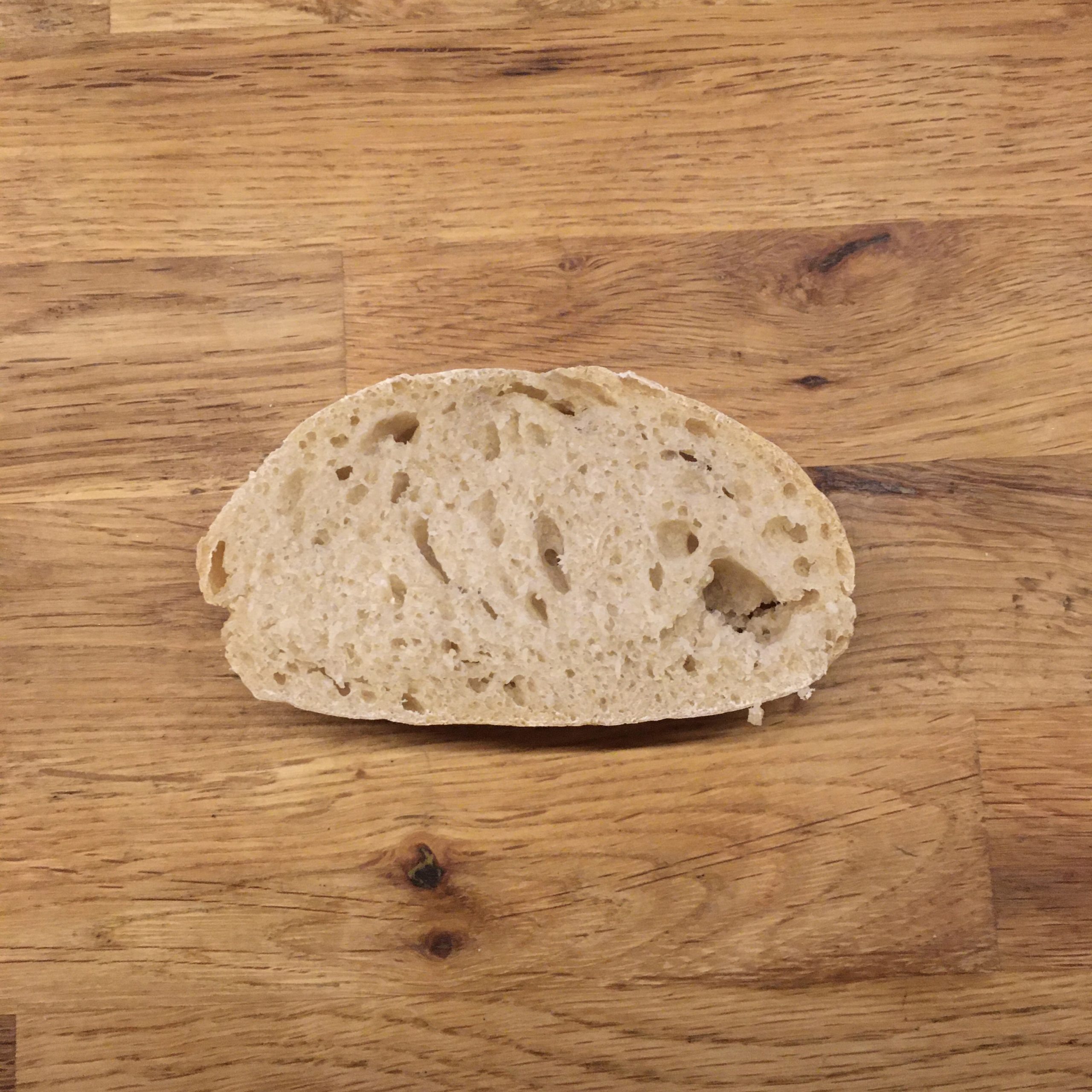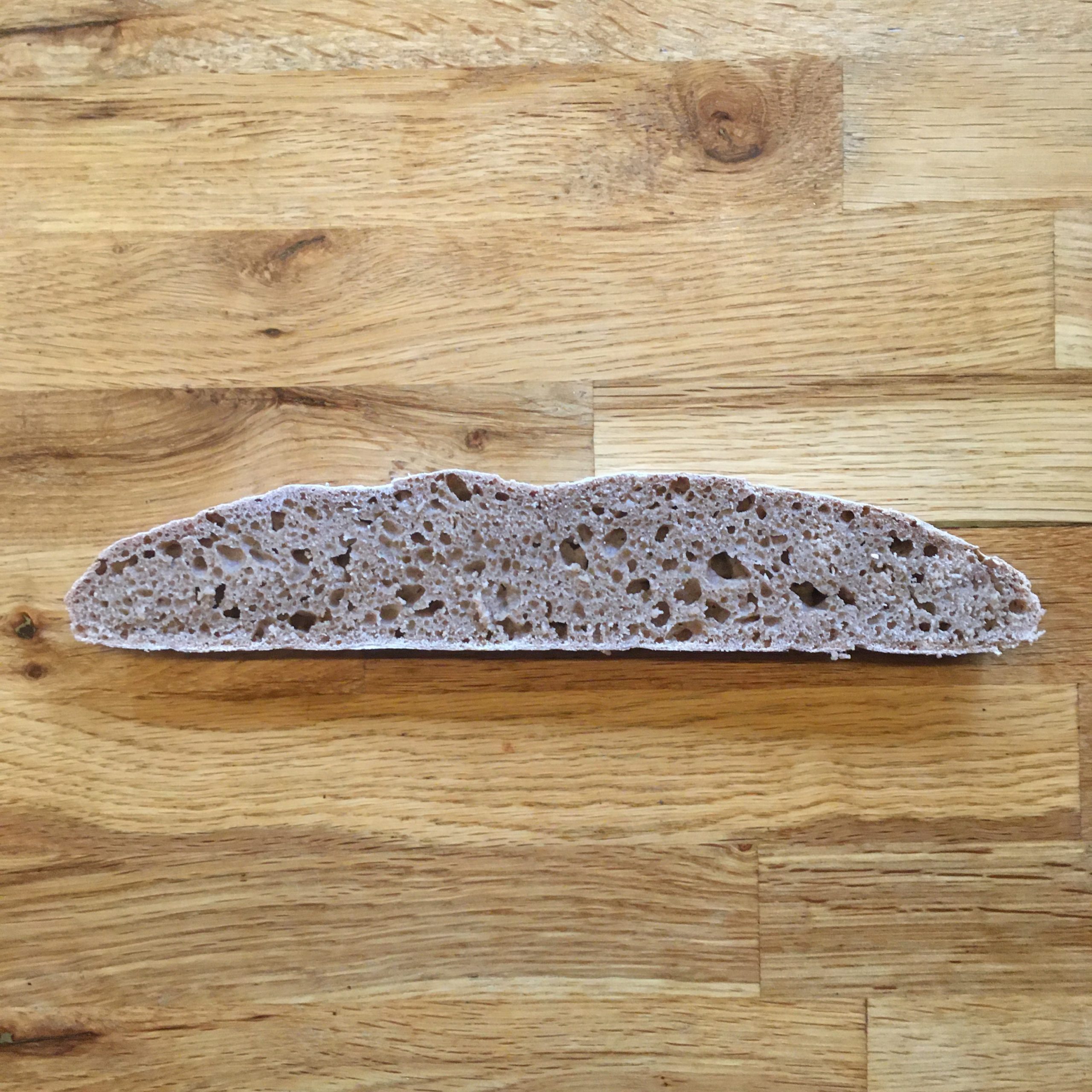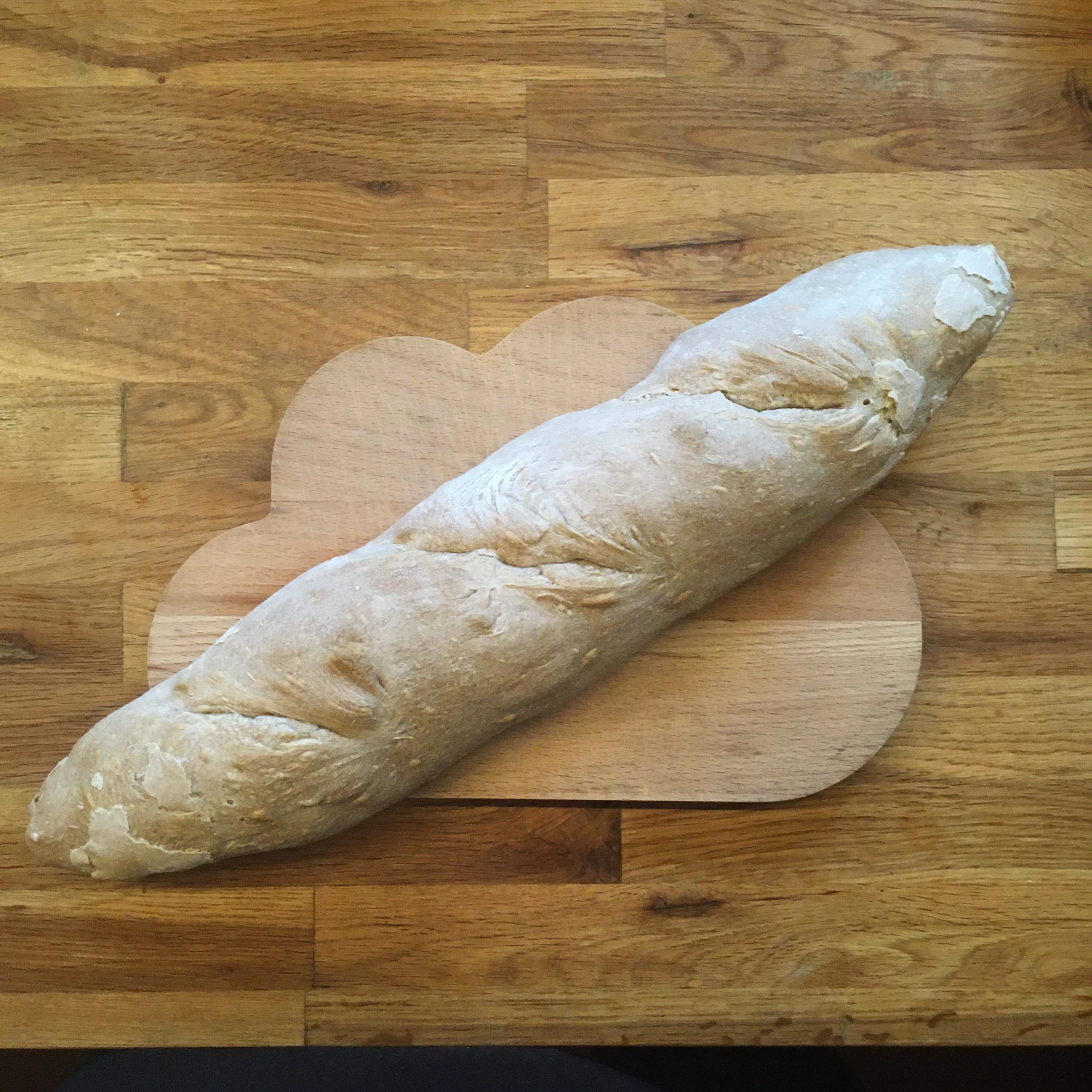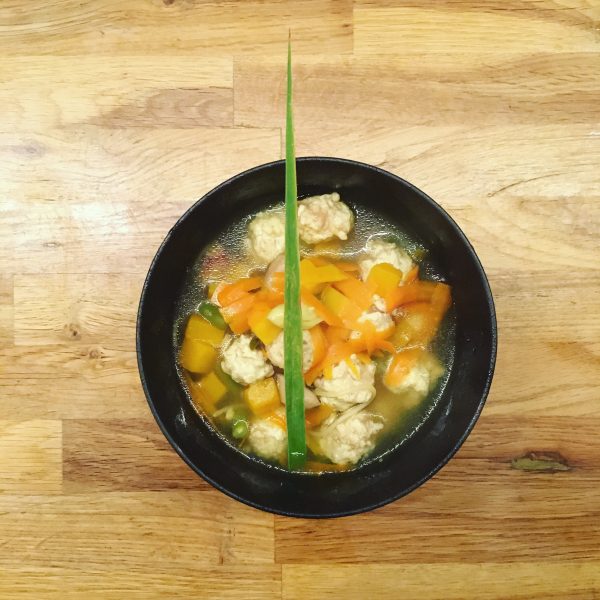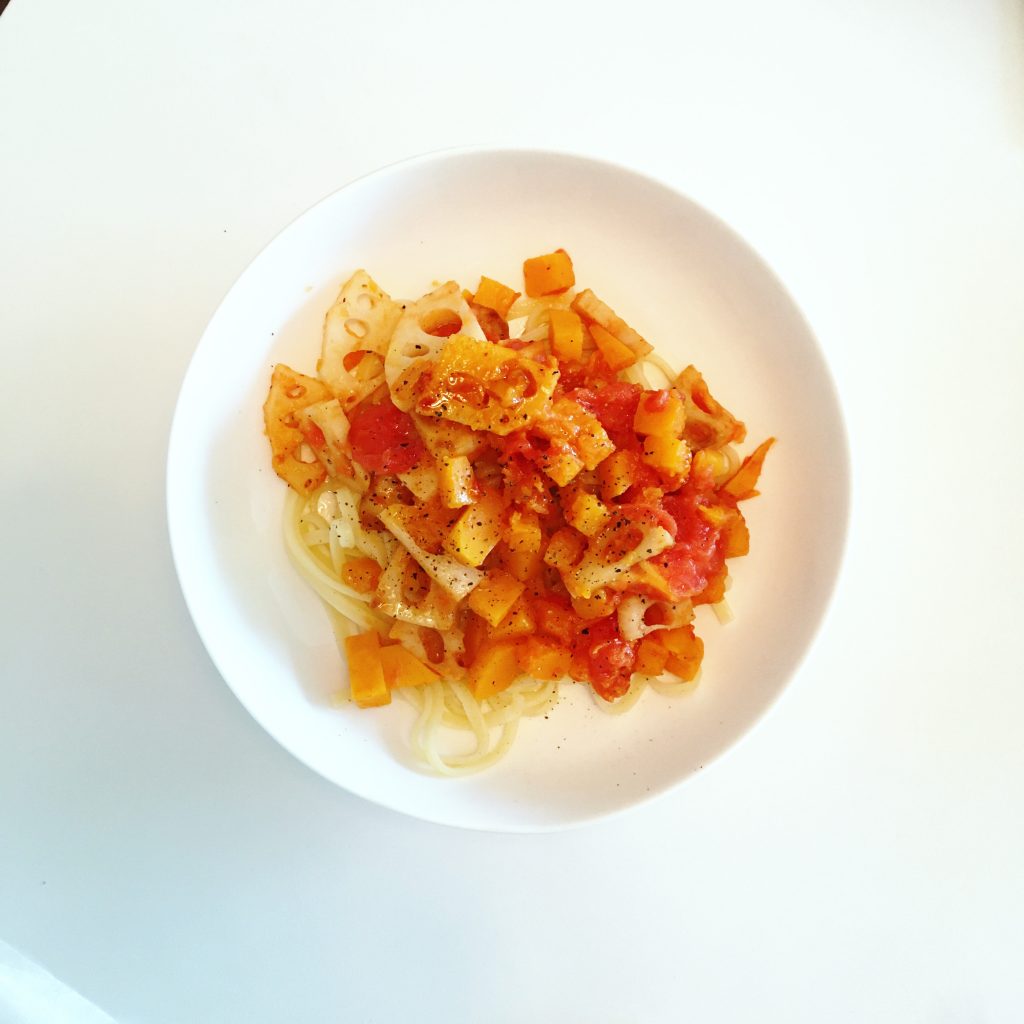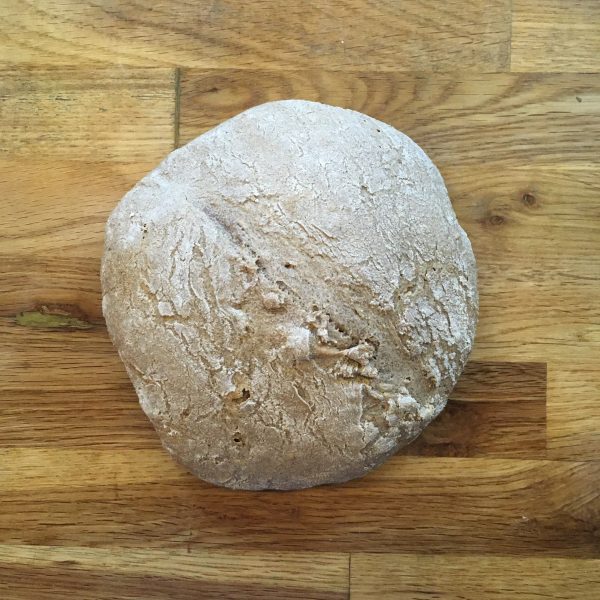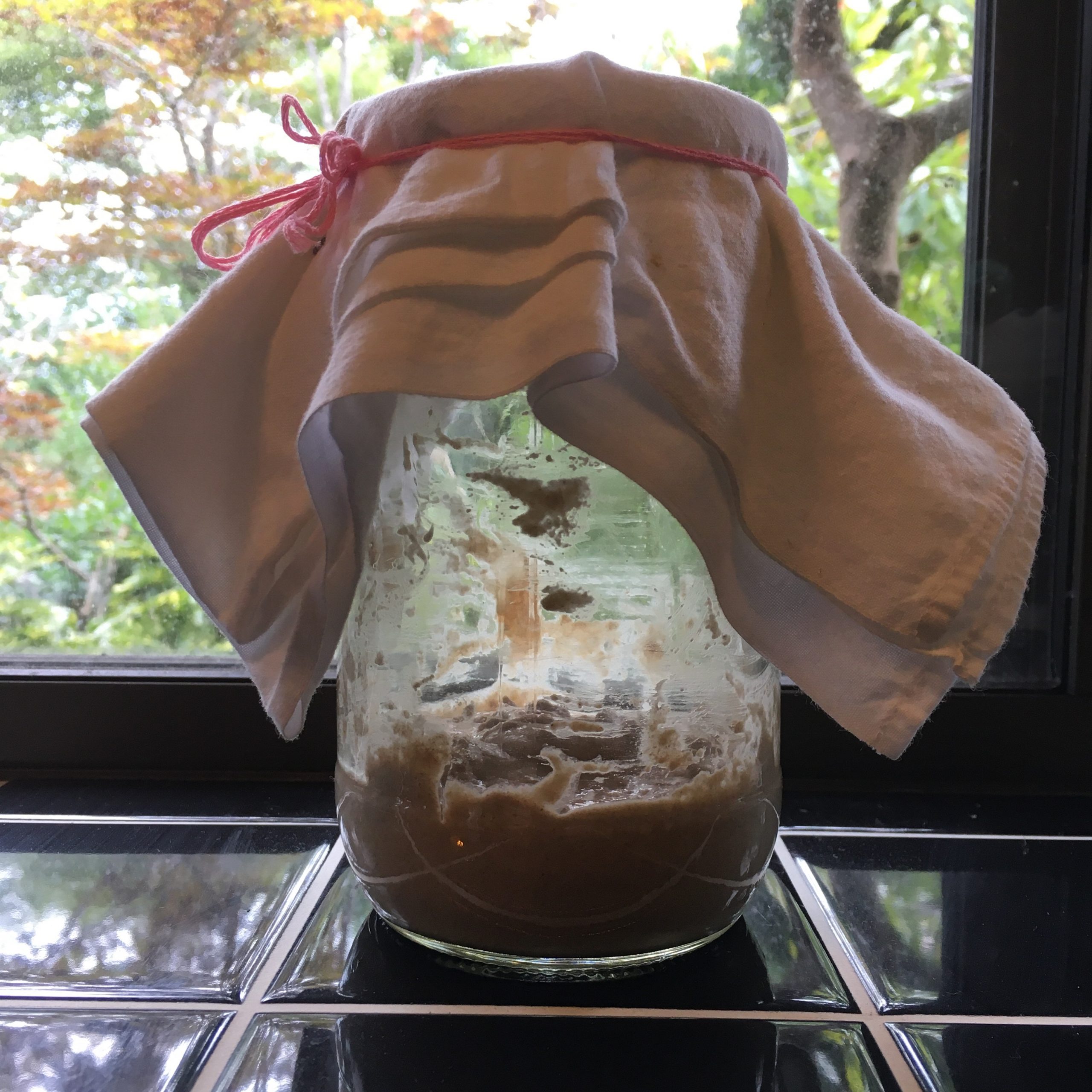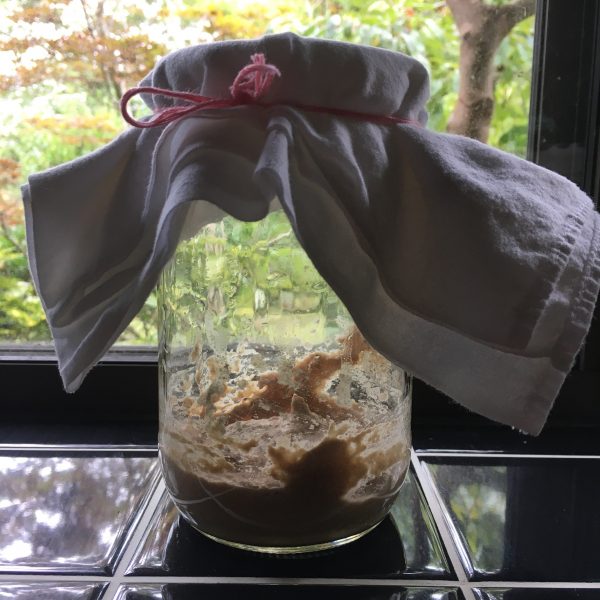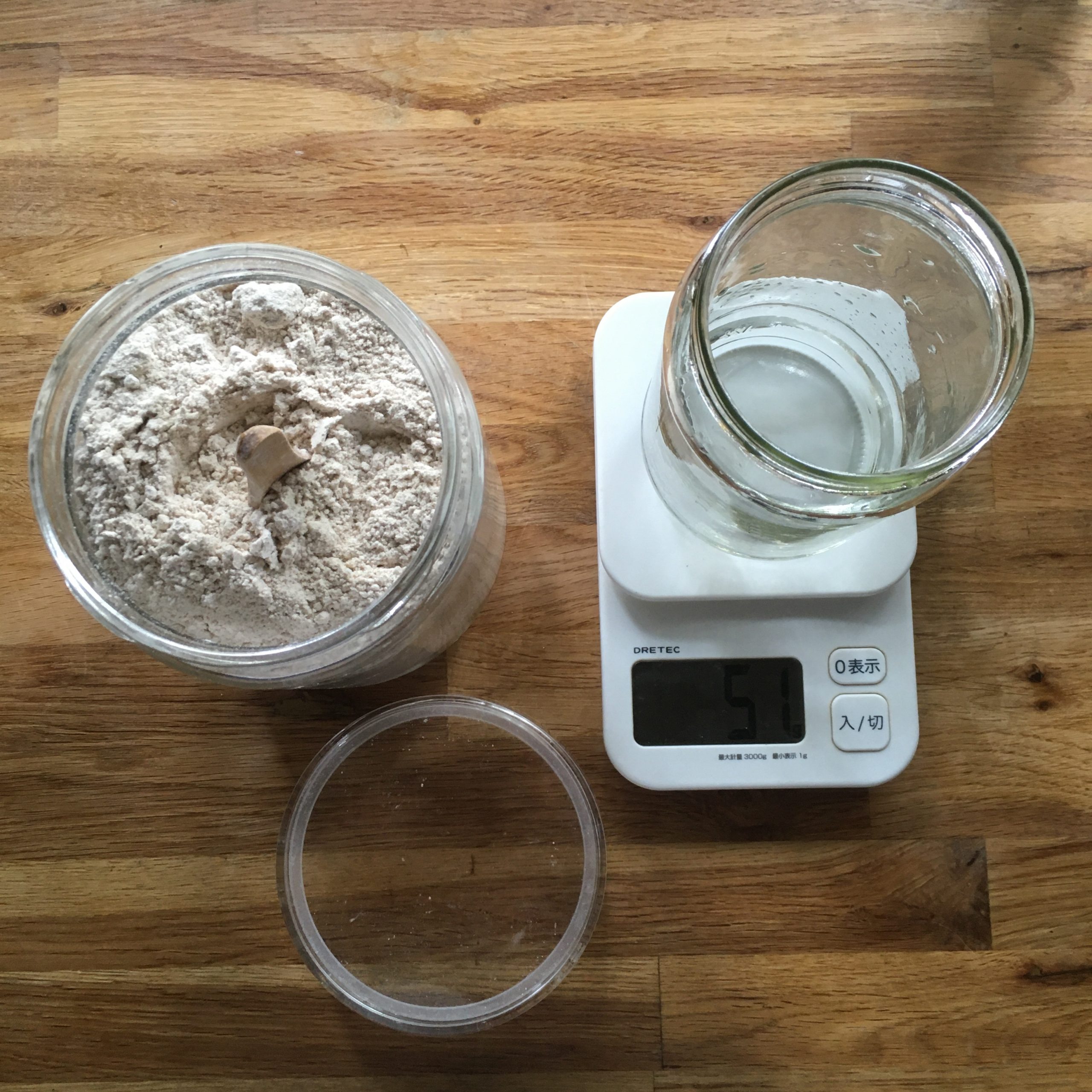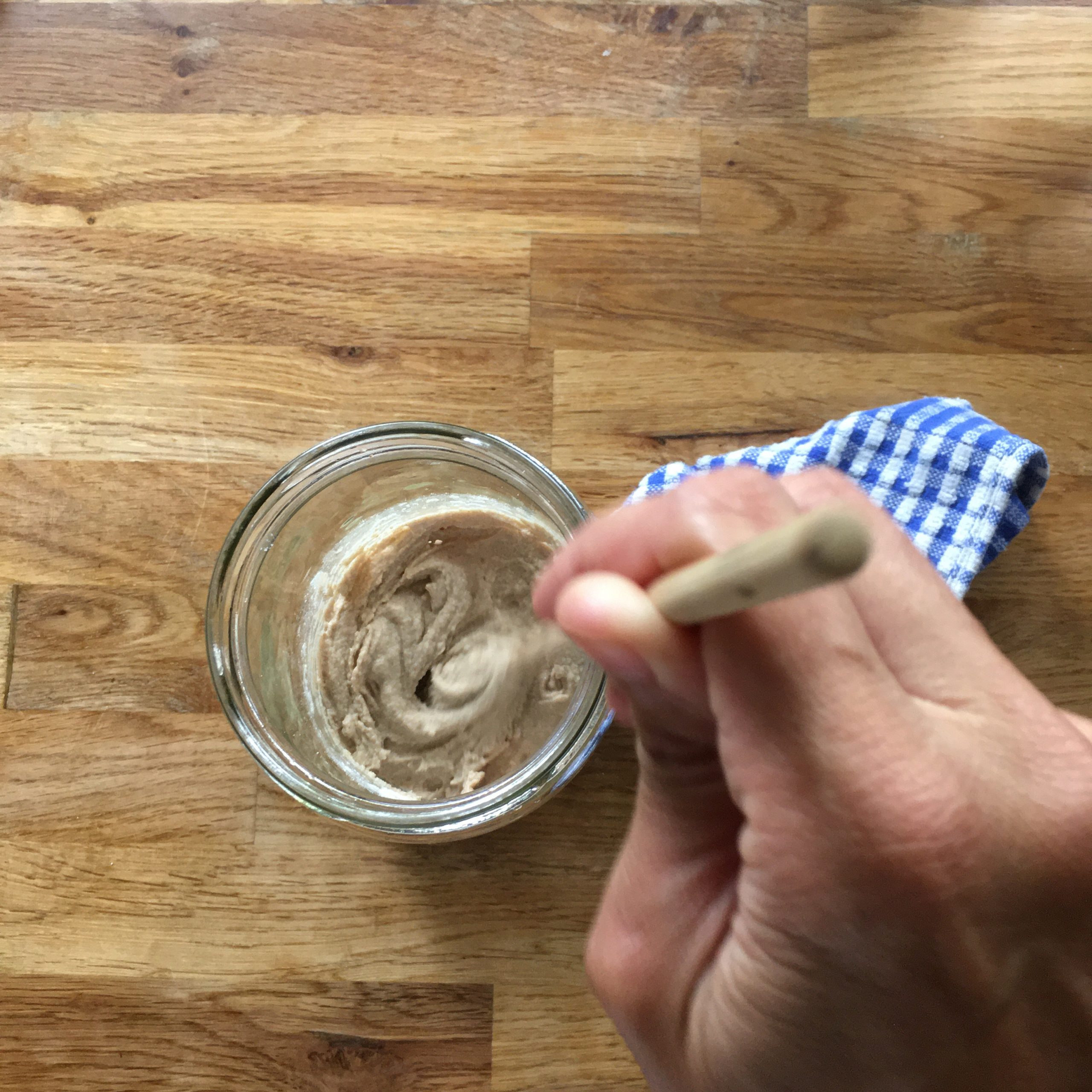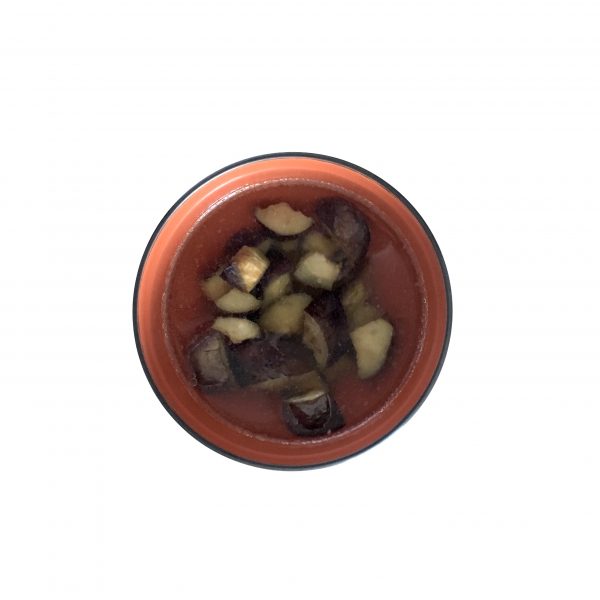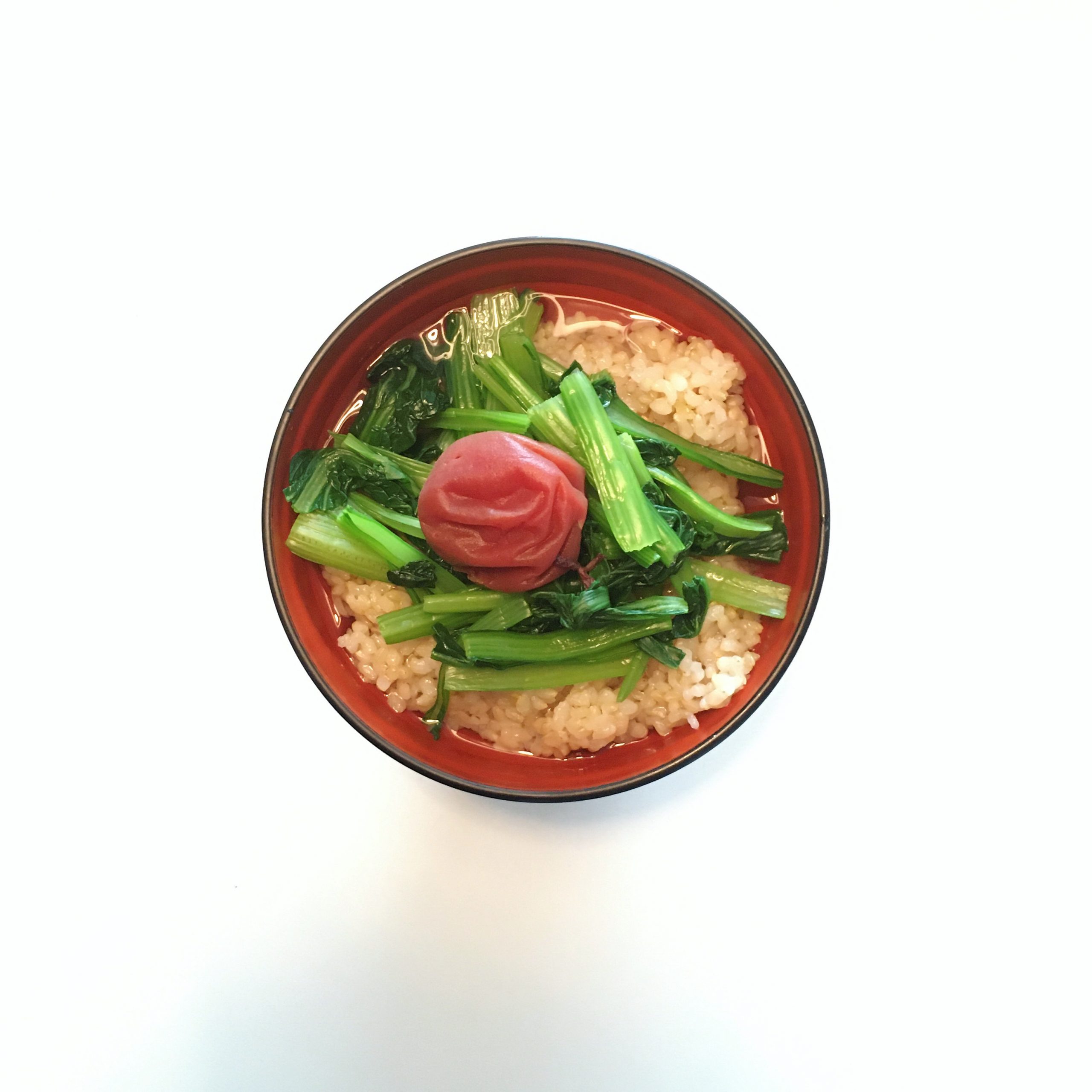That’s something I haven’t cooked for 4 years!!! Can you believe that??? The last time I made some was for that post back in 2016!!! And then… nothing… strange enough because (1) I like quenelle very much, (2) it’s not difficult to make, (3) it requires only simple ingredients I always have in the pantry… So with the weather getting chillier it was a good time for turning the oven on more than usual.
I used the recipe from my previous post and slightly adjusted it, it is for regular quenelles, they don’t become very fluffy… I still don’t know how to make them fluffier, I need to work on it. But even not fluffy it tastes great. This time also I used fresh cream, but I realized once again (I rarely use cream so I have a tendency to forget) that Japanese fresh cream sold in supermarkets is not very good for oven cooking, it dries out and only the fat remains, which looks buttery and not creamy anymore… Milk to cook the quenelles first and adding the cream later is probably a better solution…
Still here is the recipe adjusted.
Quenelles (2-3 servings)
For the quenelles
- 150 flour
- 2 eggs
- 50g of butter
- a pinch of salt and nutmeg
For the sauce
- 6 large shiitake or the equivalent of other simple mushrooms
- 4tsp of fresh cream (if you like it) or olive oil can work…
- 1 cup of milk
- salt and pepper
In a pan the butter. Heat until the butter has melted. Add the flour, and cook at low heat for 8min. If you have a hard time mixing in all the flour add a few drops of water.
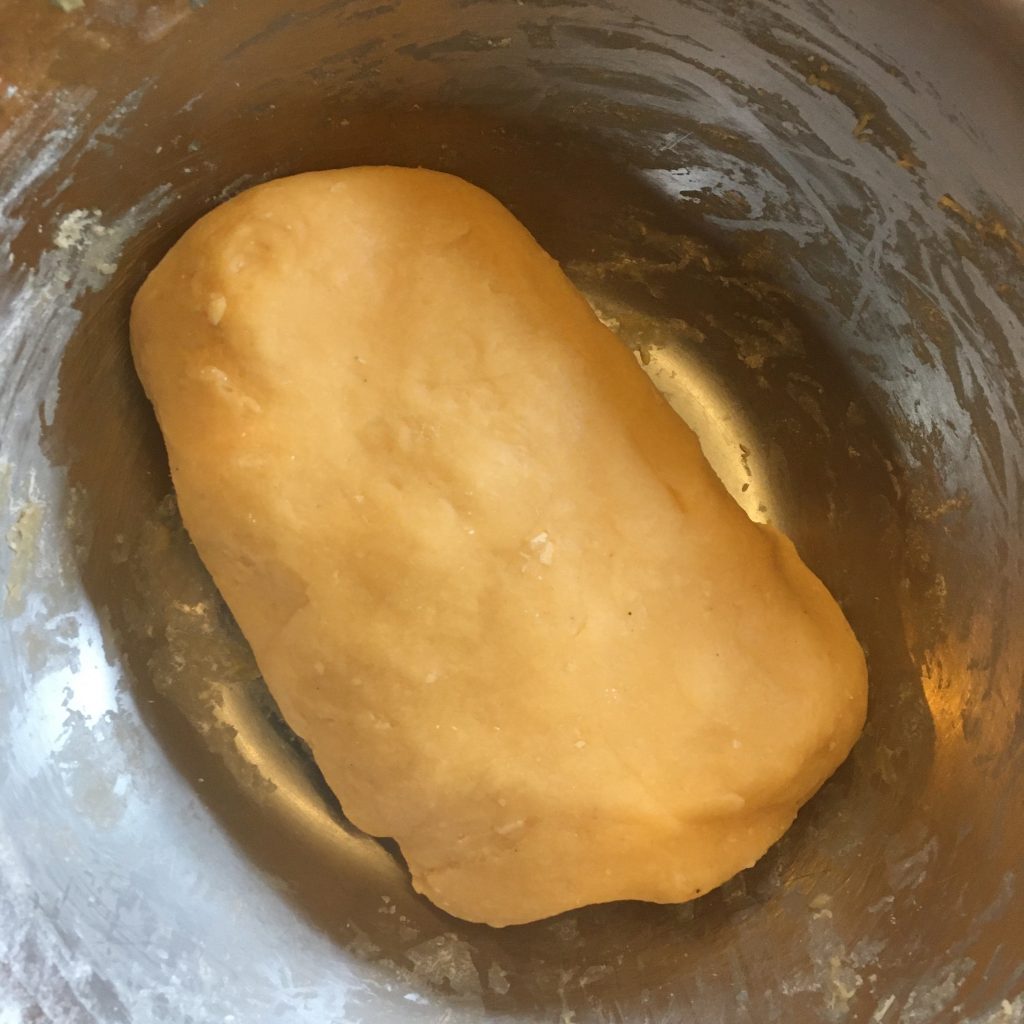
Cool down a bit and add the eggs, the salt, the nutmeg, and stir well. You should obtain a smooth dought that doesn’t stick. If it sticks add a little more flour, if too dry add a bit of water. Cut the dough in 8 pieces and form the quenelles as shown in the picture below. Boil a large amount of water and poach the quenelles until they float.
Set in an oven dish, add the milk. Wash and slice the mushrooms, add to the whole. If you use fresh cream (not Japanese) add it now. Add salt and generously add pepper. Pre heat the oven at 200 degrees. And bake for 30min. At 20min add the cream (if you use Japanese cream). They get golden brownish on the top when ready. Serve and eat immediately.


